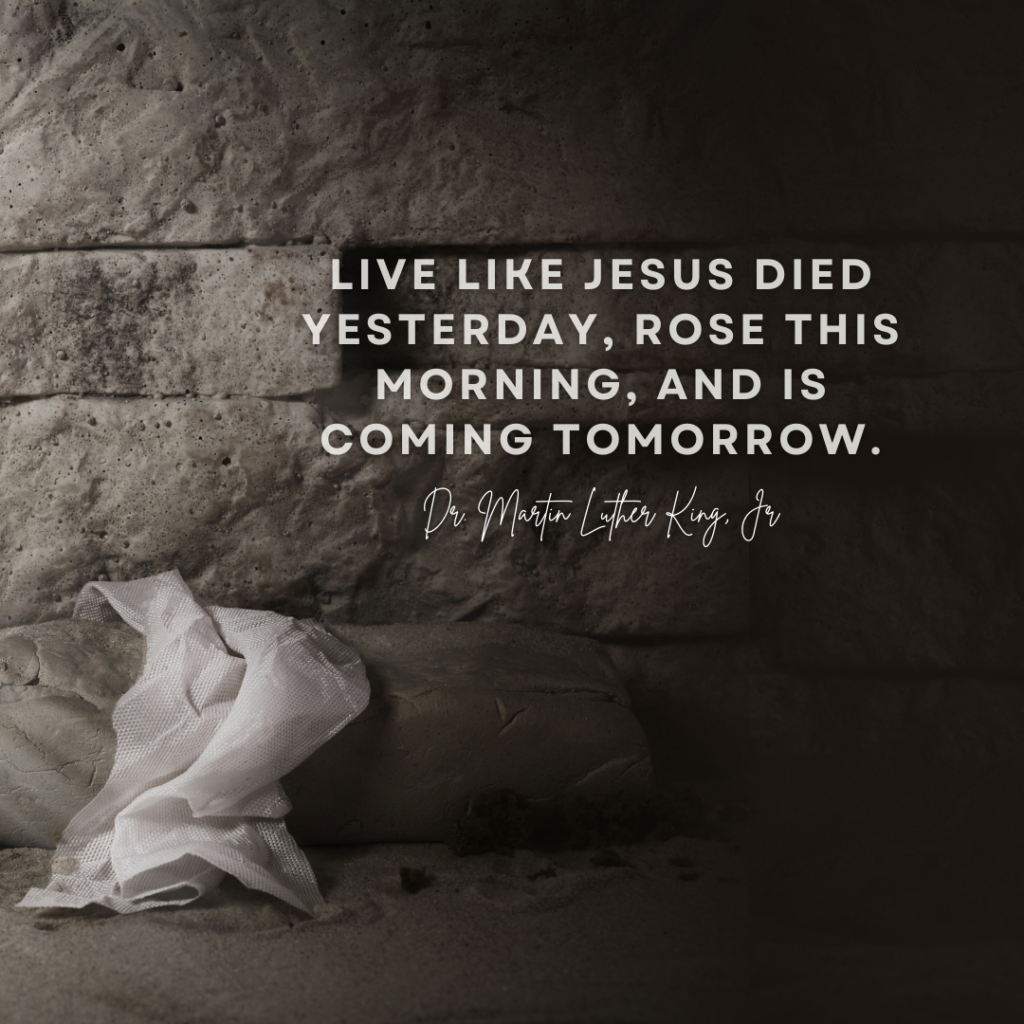Applying the Old Testament to Our Times
Hey guys, welcome to episode three of The Latter-day Disciples Podcast, Applying the Old Testament to Our Times. As most of you know, we are into the Old Testament. This is the book that most people have been dreading ever since we understood that Come Follow Me was going to take on one of the Standard Works every year. This was placed last in the sequential order. I’m pretty sure that most people were hyperventilating a little bit knowing this was coming down the pipeline. But, to be honest with you, I have been so excited about it. I am a Gospel Doctrine teacher and for the last six months of 2021, I really was just getting so excited to study the Old Testament, because studying Doctrine and Covenants and previously studying the Book of Mormon has really opened my eyes to how very relevant the Old Testament is in our study of the last days. More so than we’ve ever really understood, at least I haven’t really understood before how very relevant it is.
So because of that, I went forth to personally research how we can get the most of our study of the Old Testament, while also likening it to our times, to living in the Last Days. And that exercise revealed three key principles that I want to share with you today. And those keys are perspective, promises, and parallels. So let’s hop right into it.

Perspective
Number one, perspectives. One of the biggest, most eye-opening things for me as I’ve been reading and studying this time around has been the new perspective that the Old Testament is really a beautiful love story. And we talk about Christ, and how His life, His Atonement, His death and resurrection is a love story, and absolutely that’s true, but it’s part of a grander love story, that began before the foundations of the world. And what I love about the Old Testament is that it captures so much of that, especially if you’re looking at it in conjunction with the Pearl of Great Price, where Moses and Abraham expound on premortal topics. Right? You see the origin of this eternal love story.
The Old Testament covers everything from Adam to about 400 BC. So we get a really large chunk of this love story. I like to use the analogy of a bridegroom and a bride. Obviously, Christ being the bridegroom, and the bride being His covenant people, the members of the Church, those whom He would claim. And the Old Testament shows the origin of their marriage, through the Abrahamic Covenant. And then it goes on to detail the perpetual infidelities of the bride, and so many instances where the covenant people are unfaithful, their distrustful, their distracted, and even resentful of their perfect bridegroom. And in response to that we also see the everlasting kindness, condescension, and forgiveness of this bridegroom.
Now, the Old Testament is a little bit unique, because we also see what I would call the “tough love” side of the bridegroom, where He is understandably provoked to anger, and to righteous vengeance. But He never abandons His bride. He continually waits on her, waiting for her to choose Him, and allow Him to be the protector, the provider, to multiply her.
We are at another climax of this love story. (The Atonement being one of them.) We are heading towards the end of the love story. While some people have never been more forgetful, or angered by, or denying of Christ, we are nearing the time when only those who do choose Him will remain. And when that happens, there will be a most beautiful reunion, and establishment of unity between the Lord and His people that will last a thousand years. What a beautiful conclusion to what has been thousands of years pining, loving, and succoring His bride, who too often has turned away from Him. Having that perspective helps us to look past some of the otherwise confusing, or conflicting details, and allows us to see that this is part of a bigger picture.
Along those lines, another principle that fits under perspective is that sometimes we need to “pan out” to see Christ. In the Old Testament we are often plunged into the nitty gritty details of super fallen humans. And it’s really uncomfortable to consider that men could sleep with their mothers, or prophets who sick bears on children, or whales devouring runaway disciples. Sometimes, we need to step back and by doing so we are more able to see the hand of the Lord. It is important to remember that He is the same, yesterday, today and forever. And we know that His loving kindness will prevail forever, even at times when He may turn His face away from us, or rather, when we His people turn our face away from Him. And this is just as true today, when evil seems to reign unfettered. We find strength as we pan out. I think of President Nelson’s admonition to overcome “myopic” perspectives, and learn to see through an eternal lens. That’s essentially what we’re going to practice doing as we study the Old Testament. Because we know that in spite of some of the negative, uncomfortable, and frightening aspects that are presented, that ultimately there will be a day that all injustices will be made just, all unfairness will made fair, when short lived lives will be eternal, and when a perfect God will show mercy to imperfect humankind.
So that’s perspective. That’s developing the kind of perspective we need when studying the Old Testament to more effectively understand how it applies to our times.

Love What You're Reading?
Tune into this episode wherever you listen to podcasts. Want to get started?

Come Follow Me BFF
Are you wanting to deepen your Come Follow Me study this year? Join McKay on the Daily Discipleship Podcast Monday through Friday for daily inspiration in a bite-size format.

Up Your Preparedness Game
Our Honey + Lilies Blog is dedicated to helping you prepare for the days ahead. Want to get started? Click here.


Parallels
Alright, last one, parallels. This is an interesting topic. It’s in accordance with the principle of multiple witnesses. The Lord works to educate His people through parallels. Para meaning aside, and allelon meaning beside one another. Parallels are two entities that have comparable parts, analogous aspects, or readily recognizable similarities. I want to talk about two specific parallels.
The first parallel is that the Old Testament is a witness of a people looking forward to the first coming of the Savior, and as such, it is also parallel for us as we are looking to the Second Coming of the Savior. The experiences that they had, the prophecies that were given, the behaviors of the people in response to the signs that they were seeing are all incredibly applicable to us as we consider how we are preparing, looking forward to, and understanding the events that we are seeing now. More directly than that, there are over 1800 specific references to the Second Coming in the Old Testament. From prophecies about the Restoration of the Church, the Book of Mormon, Priesthood power, signs of the times, the list goes on, so there’s much to be gained. I couldn’t let this episode go without having a reference to Isaiah. The book of Isaiah is the only book ever recommended by the Lord. When the Lord came to the people at Bountiful in the Book of Mormon, He specifically told them to search the prophecies of Isaiah, which means He’s telling us to search the prophecies of Isaiah. And one of the most interesting and powerful things to understand about Isaiah is that he spoke in immediate parallels. Meaning that his illustrations and analogies were often directly referring to both the House of Israel at his time or soon after him, and in the same language, with the same words at the same time, he was talking about the last days. This is so useful to understand because it can open our minds. First off, if we understand the history, that will make things a lot more clear. But even if we don’t understand the history, and choose to see it as a parallel for our time, we’re going to have a greater understanding of what Isaiah was prophesying. It plays on the truth that history does indeed repeat itself, that he was able to talk about two points in history at the same time. So I highly recommend when we study Isaiah specifically, and as we study the entirety of the Old Testament keep an eye on those immediate parallels that can be applied to us.
I also want to talk about how the Book of Mormon is a parallel to the Bible. The Book of Mormon and the Old Testament specifically have so much in common. A lot of this is because of the Plates of Brass. These plates contained the five books of Moses, and also a record of the Jews from the beginning even down to the time of Lehi and his family. They also contained the prophecies of the holy prophets, from the beginning, including many prophecies from the prophet Jeremiah, who lived in the days of Lehi. They were sacred scriptures used by prophets of Ancient America, who relied on them, and quoted them to teach the gospel to their people. Understanding that, the Plates of Brass that Lehi and his family obtained before departing Jerusalem and going to the Promised Land have all but 200 years of shared history with the Old Testament. Because it says, it contained the five books of Moses, which are the first five books of the Bible, and all the records of the Jews from the beginning of Adam, down to when Lehi and his family left Jerusalem, which was about 600 B.C. And as we talked about previously, the Old Testament covers from about 4000 BC to about 400 BC. So there are only about 200 years that are not captured and known by the people who were writing the Book of Mormon.
Another thing is that the people of the Book of Mormon observed the Law of Moses, which was established in the Old Testament, contained in the holy scriptures. The Old Testament and the Book of Mormon are both records of the scattering and gathering of Israel. And all of the Book of Mormon teachings have roots in the people, prophecies, and the events of the Old Testament. Honestly, I believe one of the best commentaries you can find on the Old Testament, is the Book of Mormon. And I highly recommend using footnotes, and really delve into that and understand how the doctrines are the same. This is a journey for all of us! No one has a perfect understanding of scripture, least of all me. But I am so confident that as we apply these principles, as we strive to have an eternal perspective, focused on the love of God and of our Savior, as we strive to understand and look for the promises, the covenants, and the temple language used in the Old Testament, and as we observe the parallels, the dual witnesses that are available to us, that we will greatly enhance our study of the Old Testament, especially as we strive to liken it to our day. I know that this is possible. As we take hold of the word of God, we will be enlightened to how it applies to us. Not just distantly or vaguely, but immediately, and in fine detail to us and our day.

Signs in Real Time
We’re doing a bit of a throwback for our Signs in Real Time today. I wanted to do something in honor of Martin Luther King, Jr. Day, which was observed yesterday. And along those lines comes our prophecy that I wanted to explore. It is found in Doctrine and Covenants 87:4. “And it shall come to pass, after many days, slaves shall rise up against their masters, who shall be marshaled and disciplined for war.”
And it shall come to pass, after many days, slaves shall rise up against their masters, who shall be marshaled and disciplined for war
Doctrine & Covenants 87:4
So this was a revelation given to the Prophet Joseph Smith in 1832 on Christmas Day. It’s commonly known as the Prophecy on Wars, which is a super cheery topic for Christmas. And it’s so interesting because he prophecies of an outpouring of war starting with South Carolina, which we know has reference to the Civil War and which was fulfilled. But this one verse I think is often misunderstood, because in the context it’s easy to conflate it with the Civil War. We assume that the slaves rising up against their masters is simply a reference to the Civil War, which was fought in large part over the issue of slavery in the United States, but many interpretations and deeper dives into this prophecy reveal that that’s most likely not what it was referring to for a couple of different reasons. Because while there were some dissenting slaves who joined the ranks of the Union in the North during the Civil War, it was not a majority by any means. So it’s hard to justify that the Civil War fulfilled a prophecy that slaves would rise up against their masters. Also, if you notice, this verse says ‘After many days’ so it gives the prophecy about South Carolina, and the rebellion starting there, and the wars that would ensue, and then there’s this time break where it said, “after many days shall the slaves rise up against their masters”. There’s some sort of difference in time between the specifics that we’re getting in this prophecy. So I want to talk about some of the different interpretations of it. First off, there is the interpretation that this is referring to oppressed people of all different backgrounds. Whether it be people that are fighting for equal rights, equal opportunity, or have been oppressed in any way. Because of that, the Civil Rights movement is definitely an earlier fulfillment of this prophecy. The worthy effort of doing away with segregation and discrimination, and the heroic actions of Martin Luther King, Jr. and so many other Civil Rights activists who helped achieve more equal footing for people of color in the United States certainly qualifies as slaves rising up against their masters.
Another interpretation, and one that is more applicable to today and what we’re seeing today, is that of there being political slaves, specifically of oppressive governments. Elder Joseph Wirthlin had a quote, he said, “I think of those, particularly in the land of Russia and other countries, wherein they have been taken over by that great nation. And where the direct affairs of Russia and China, and where the rights and the privilege to worship God and come to the knowledge of Jesus Christ, His Son, is denied him.” I don’t think this is referring only to Russia and China. I think that there are a lot of different entities that limit the right to freedom of religion.
Another specific example that came to mind for me is Cuba, in the year of 2021. If you remember back in May, there was an uprising of the people against the Communist government there in Cuba. And there were demonstrations, and there was a great show of love of freedom and of wanting to fight for that. It was inspiring to watch. I felt very strongly that that was another part of the fulfillment of that prophecy about slaves rising up against their masters.
A worldwide outbreak of demands for independence and self-determination on the part of every conceivable ethnic, political, racial, economic, linguistic, or religious group will tear the nations of the world apart and engulf the earth in blood and war.
Stephen E. Robinson + H. Dean Garrett
While these are some good examples of righteous causes, of which you can’t dispute, these were appropriate things that needed to happen. It seems that in the future there will be a more negative aspect to this prophecy. Stephen E. Robinson and H. Dean Garrett said, “A worldwide outbreak of demands for independence and self-determination on the part of every conceivable ethnic, political, racial, economic, linguistic, or religious group will tear the nations of the world apart and engulf the earth in blood and war. We have seen this process at work specifically in such former Communist Bloc countries…. No doubt we will see more in the future.” This presents an interesting duality, which I think is very common. Almost every motivation can be righteous or evil. Where the Civil Rights movement, and people demanding their God-given rights are certainly good causes, Satan will similarly take motivations like this and use them to create division. That’s something else that we’ve definitely seen this year. There’s more emphasis on independence and group dynamics that may be causing more friction, more violence and disturbance in the world when unity could otherwise be achieved.

Oil for Your Lamp
All that being said, I wanted to end today with a quote from the great Martin Luther King, Jr. He said, “Live like Jesus died yesterday, rose this morning, and is coming back tomorrow.” Gosh, I love that thought. That’s our goal! Right? We want to be prepared for the Savior to come, so why not act like He’s coming now? If we were to live that way, if we were to live like Jesus died yesterday, what humility, and what heartbroken-ness, and what desperation for righteousness and redemption we would have. And if He rose this morning, what hope, what joy, what thrill, what gratitude, what tears of overwhelming thankfulness would we shed? If He was coming back tomorrow, what determination would we have? How would we act? What would we prioritize in our daily schedule? How would we treat each other? How would we lift each other? How would we empower ourselves and others to be the best versions of ourselves? What a great equation Martin Luther King, Jr. gave centered on our Savior to live fully and to live in a way that would honor Him. I’m thankful for his example, and his words, and for his wisdom, his life, and for the actions that he took, and I hope that we can preserve his legacy, and strengthen it.
Live like Jesus died yesterday, rose this morning, and is coming back tomorrow.
Dr. Martin Luther King, Jr.
Alright everyone, thank you so much for listening today. I hope you have a wonderful week, and we will talk again soon!
Want to listen to this episode? Listen here or watch on YouTube.
Resources:
- George A. Horton Jr. “An Indispensable Foundation.”
- Henry B. Eyring “Studying and Teaching the Old Testament“.
